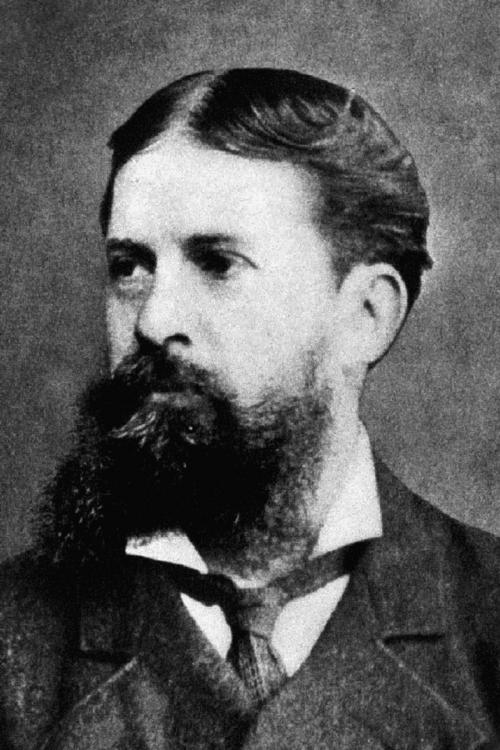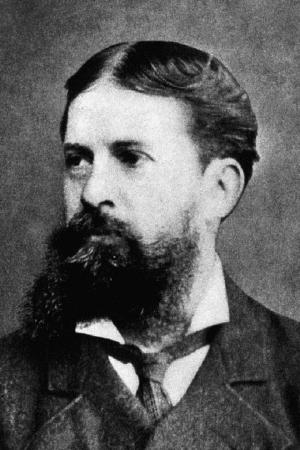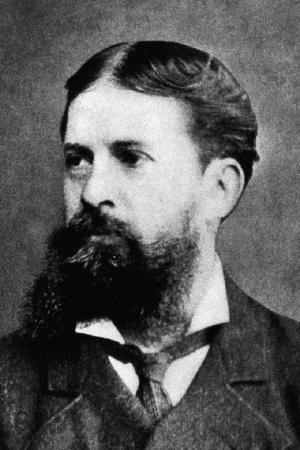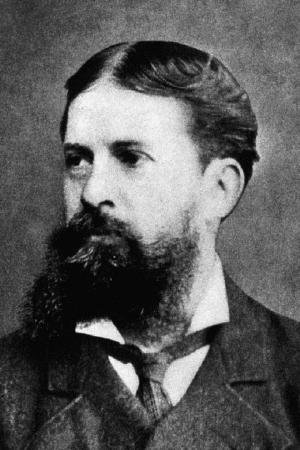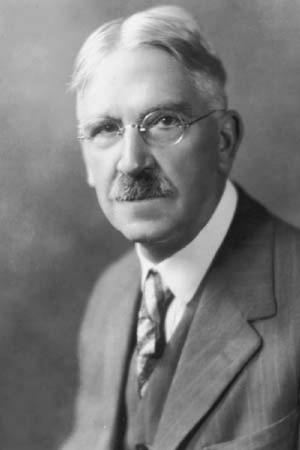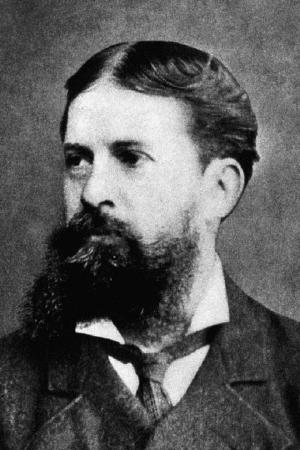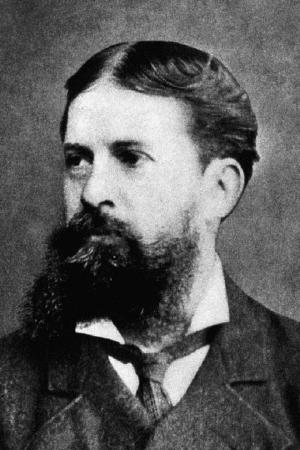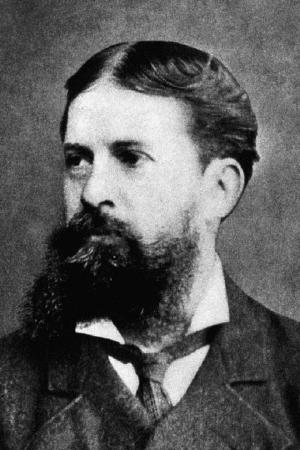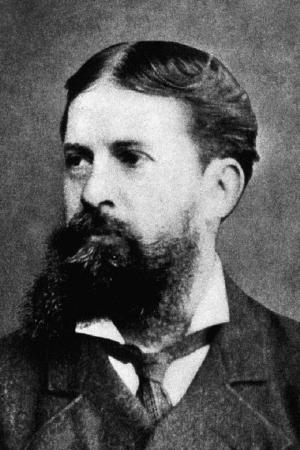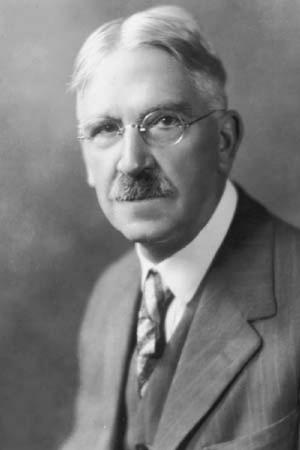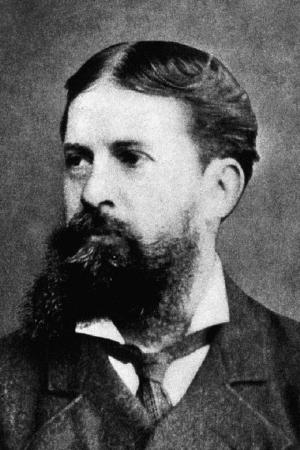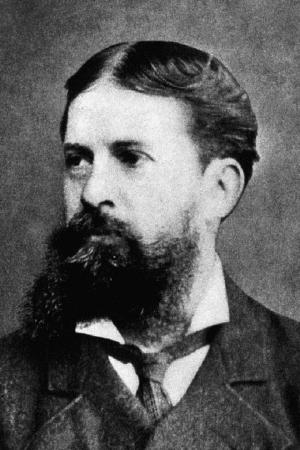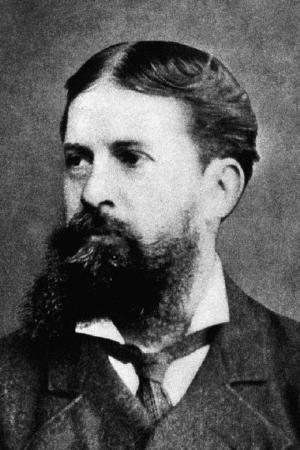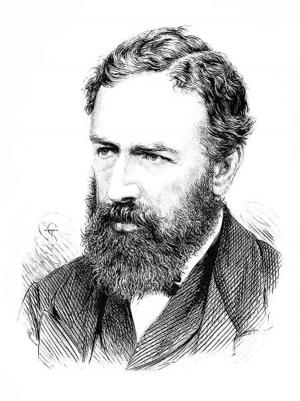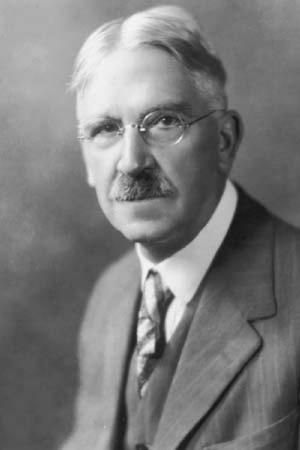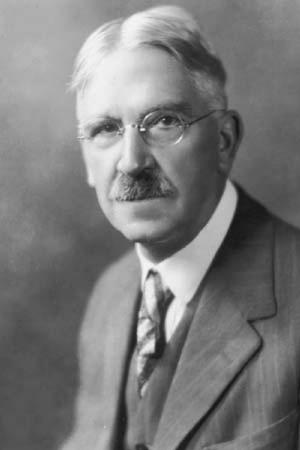| Author: | Charles Peirce, Timeless Books: Editor | ISBN: | 1230001230376 |
| Publisher: | Timeless Books | Publication: | July 14, 2016 |
| Imprint: | Language: | English |
| Author: | Charles Peirce, Timeless Books: Editor |
| ISBN: | 1230001230376 |
| Publisher: | Timeless Books |
| Publication: | July 14, 2016 |
| Imprint: | |
| Language: | English |
The book has an active table of contents for readers to access each chapter directly.
In 1934, Paul Weiss, an American philosopher, the founder of The Review of Metaphysics, and the Metaphysical Society of America, called Charles Peirce "the most original and versatile of American philosophers and America's greatest logician".
In 1943, Webster's Biographical Dictionary added Charles Peirce’s introduction as "now regarded as the most original thinker and greatest logician of his time."
Max Fisch, a well-known writer of identity, individuality, responsibility, morality, and political commitment, commented Charles Peirce as the follow:
“Who is the most original and the most versatile intellect that the Americas have so far produced? The answer Charles S. Peirce is uncontested, because any second would be so far behind as not to be worth nominating. He was mathematician, astronomer, chemist, geodesist, surveyor, cartographer, metrologist, spectroscopist, engineer, inventor; psychologist, philologist, lexicographer, historian of science, mathematical economist, lifelong student of medicine; book reviewer, dramatist, actor, short story writer; phenomenologist, semiotician, logician, rhetorician and metaphysician.”
Without any doubt, Charles Peirce is in the row of the best minds with Henry George, William James, Thorstein Veblen, and Ludwig Wittgenstein.
In 1878, Charles Peirce published his foundational paper to Pragmatism HOW TO MAKE OUR IDEAS CLEAR. In this paper, Peirce outlined a framework of discerning the pattern formed by the three grades of clearness. Pragmatism as a movement was originated in the early 1870s via discussions among Charles Peirce, William James, and others in the Metaphysical Club. William James, who was later regarded as one of founders of modern psychology, credited the paper How to Make Our Ideas Clear by Peirce as foundational work to pragmatism. In this paper, Charles Peirce saw pragmatism as embodying familiar attitudes in philosophy and elsewhere elaborated into a new deliberate method for fruitful thinking about problems.
This is a must-read book to understand the foundational thought of Pragmatism, Logic and Psychology by Charles Peirce, one of the greatest philosophers and logicians in the world.
The book has an active table of contents for readers to access each chapter directly.
In 1934, Paul Weiss, an American philosopher, the founder of The Review of Metaphysics, and the Metaphysical Society of America, called Charles Peirce "the most original and versatile of American philosophers and America's greatest logician".
In 1943, Webster's Biographical Dictionary added Charles Peirce’s introduction as "now regarded as the most original thinker and greatest logician of his time."
Max Fisch, a well-known writer of identity, individuality, responsibility, morality, and political commitment, commented Charles Peirce as the follow:
“Who is the most original and the most versatile intellect that the Americas have so far produced? The answer Charles S. Peirce is uncontested, because any second would be so far behind as not to be worth nominating. He was mathematician, astronomer, chemist, geodesist, surveyor, cartographer, metrologist, spectroscopist, engineer, inventor; psychologist, philologist, lexicographer, historian of science, mathematical economist, lifelong student of medicine; book reviewer, dramatist, actor, short story writer; phenomenologist, semiotician, logician, rhetorician and metaphysician.”
Without any doubt, Charles Peirce is in the row of the best minds with Henry George, William James, Thorstein Veblen, and Ludwig Wittgenstein.
In 1878, Charles Peirce published his foundational paper to Pragmatism HOW TO MAKE OUR IDEAS CLEAR. In this paper, Peirce outlined a framework of discerning the pattern formed by the three grades of clearness. Pragmatism as a movement was originated in the early 1870s via discussions among Charles Peirce, William James, and others in the Metaphysical Club. William James, who was later regarded as one of founders of modern psychology, credited the paper How to Make Our Ideas Clear by Peirce as foundational work to pragmatism. In this paper, Charles Peirce saw pragmatism as embodying familiar attitudes in philosophy and elsewhere elaborated into a new deliberate method for fruitful thinking about problems.
This is a must-read book to understand the foundational thought of Pragmatism, Logic and Psychology by Charles Peirce, one of the greatest philosophers and logicians in the world.
